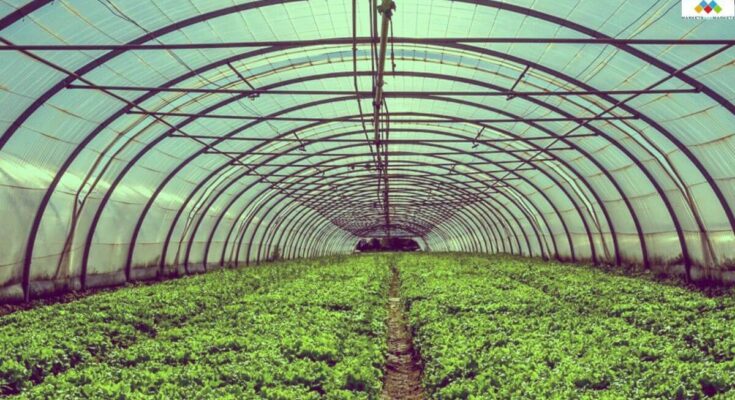Selecting the correct type of agricultural and greenhouse plastic film is of utmost importance in the production of quality crops and the preservation of the environment. These films protect against environmental factors such as weather conditions, diseases, and pests, as well as control for light and temperature.
Therefore, it can be challenging to choose the appropriate agricultural and greenhouse plastic film from the various choices present in the market.
Here are several key tips to consider:
Particular Needs of Your Crops
This is because the various crops respond differently to light, temperature, and humidity in the environment. It is crucial to understand these particular requirements before choosing a plastic greenhouse film. For example, some crops grow well under conditions of high-light transmission; therefore, the film used should have high-light transmission. In contrast, delicate plants may necessitate indirect light to avoid the burning up of the plant and the attainment of equal growth.
Consider the Durability/Longevity of the Agricultural or Greenhouse Film
The life expectancy of greenhouse plastic films also varies with the thickness and the type of material used in the manufacturing process. The standard categories of these films vary from 80 to 200 microns, with the thicker being stronger and less likely to tear or be punctured. Multi-layered films may offer improved mechanical and thermal properties, such as insulating properties. Choose films with UV inhibitors that resist UV rays and do not degrade easily when exposed to sunlight for long periods. Hence, a better quality and long-lasting film may be costly in the initial investment, but it could prove cheaper in the long run due to frequent replacements.
Light Transmission and Diffusion
Light transmission refers to the proportion of the incident light transmitted by the film. Most light transmission is positive for photosynthesis, while highly intense light can cause heat stress and damage to the plants. The agricultural greenhouse films that offer light diffusion will allow the light has to be scattered, ensuring that all parts of the plants are well exposed to the light. This can help to avoid the formation of hotspots and enhance the general growth of the plants by ensuring that light is evenly distributed. Some films are also provided with filters to prevent penetration of certain wavelengths of light, such as ultraviolet light, to minimize pest infestation and crop damage.
Evaluate Thermal Properties
The thermal properties of greenhouse films are very important in managing the temperatures in the greenhouse. The films treated with infrared (IR) coatings can assist in heat retention during the night and reduce heating expenses. For instance, in the case of flat glass products, anti-drip or anti-condensation films can help avoid the formation of water droplets on the under part of the product, which may block light and promote diseases. These features assist in the development of a more stable canopy structure that may help to support better plant health and possibly even higher crop yields.
Final Thoughts
Identifying the right agricultural and greenhouse plastic film is one of the most important processes that can positively influence the farming process and its results. It is by identifying various types of materials for the crop covers, assessing their UV stability, determining the most suitable thickness, and the advantages of incorporating various additives that one can guarantee that the crops are well protected and supported throughout their growth cycles.
